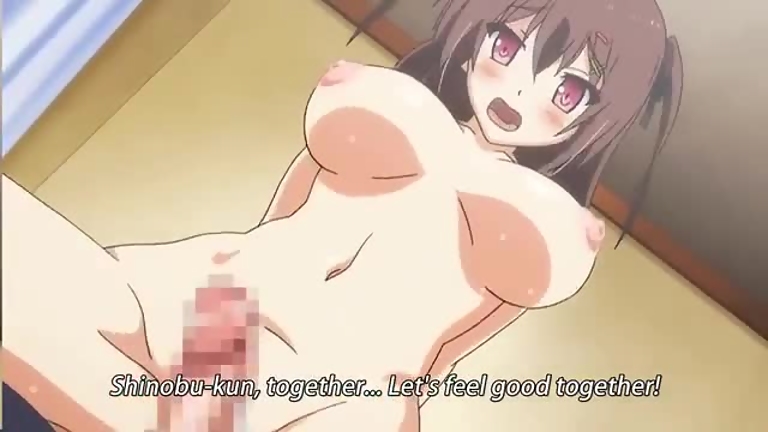

Justine did not have enough time to create characters specially for this course, so I had to pick in her past illustrations (click on the images to have a better look at them. I needed two types of characters: one standing, to be able to animate a walk cycle and all sorts of actions, and a close-up to animate a dialogue and do some more precise acting. Thanks to the help of Léa Saint-Raymond, we could achieve this quite quickly, this is our process. I’m glad she said yes, but I still had a lot of work to be able to animate her characters. I wanted to work and share original characters, so I asked my friend Justine if I could use some of her illustrations. This means they can be very detailed, with textures, shadows and small details, which would be impossible if you had to draw each frame by hand like with more traditional 2D animation.Ī few months ago, I’ve decided with Rainbox to create a comprehensive animation course on video (in French for now, but an English version is on its way), to be released on the internet. What’s great with animation in After Effects, is that you work on the actual illustrations, you don’t have to re-draw them. The technique I used, Duik in After Effects, seems to be one of the easiest way to do this, animate illustrations, without having to adapt the style. They were not meant to be animated at all, so it could be a bit tricky to adapt them. What’s interesting is that those characters were… Well, illustrations. I’ve been very happy to work on Justine Cunha‘s wonderful illustrations recently, and I’m going to share my process with you.


 0 kommentar(er)
0 kommentar(er)
